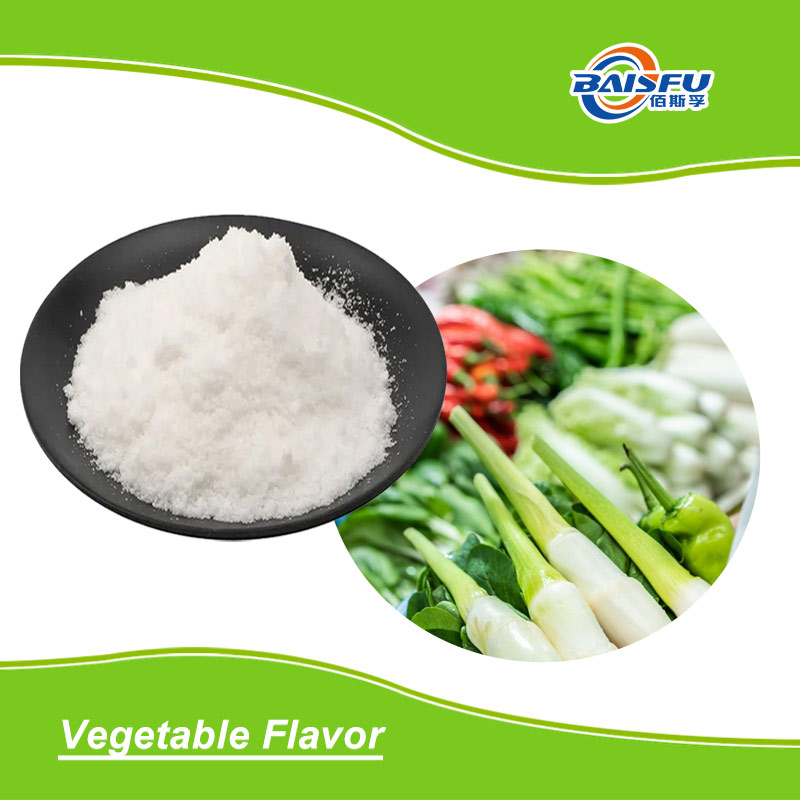What are the Development Trends of Food Flavorings?
The development trend of food flavorings is evolving rapidly along with technological progress, changes in consumer demands and global market dynamics. The following is a detailed analysis of the main trends:
1. Health and naturalization: The demand for natural fragrances is growing: Consumer preferences are shifting towards clean labels and natural ingredients, driving the expansion of the market for natural fragrances prepared from plant extracts (such as citrus and vanilla), fermentation products, and biotechnologies (such as microbial synthesis). For example, vanillin is produced by yeast fermentation. Restrictions on synthetic fragrances: Due to health concerns, the use of artificial synthetic fragrances (such as certain aldehydes) has decreased, especially in the European and American markets.
2. Clean labels and simplified transparent ingredients: Manufacturers have reduced the use of “artificial flavor” labels and shifted to marking specific natural sources (such as “natural strawberry flavor”) to meet consumers’ demands for transparency. Technical challenges: It is necessary to address the issues of poor stability and high cost of natural flavors, such as extending the flavor retention time through microcapsule technology.
3. Functional and compound flavoring added value: When flavorings are combined with functional components such as probiotics and antioxidants, for instance, seasonings with curcumin added also have anti-inflammatory effects. Cross-border application: Simulating the real meat flavor in plant-based foods (such as artificial meat) to solve the beany smell problem has become a new growth point.
4. Personalized and customized regional adaptation: Adjust the flavor formula according to regional tastes. For instance, Asia prefers tea aroma, while Europe and America tend to favor berry flavor. Technology-driven: AI algorithms analyze consumer data to quickly generate customized formulas; 3D printing technology enables the design of flavor layering.
5. Technological Innovation: Molecular Sensory Science: Through technologies such as GC-MS, natural aroma molecules are precisely analyzed, and complex flavors (such as the aroma of premium red wine) are artificially replicated. Intelligent release technology: Microencapsulated flavorings are released under specific conditions (such as heating and chewing), enhancing the experience of fast food.
6. Sustainable development and green production: Supercritical CO₂ extraction is adopted to reduce solvent residue, and agricultural waste (such as coffee grounds to extract aroma) is utilized. Circular economy: By-products of flavor production are converted into feed or energy, reducing the carbon footprint.

In the future, the food flavor industry will deeply integrate biotechnology, digital tools and sustainable practices, while also being flexible in responding to diverse global market demands and regulatory environments. Enterprises need to strike a balance between innovation and R&D and compliance management in order to gain a competitive edge.

